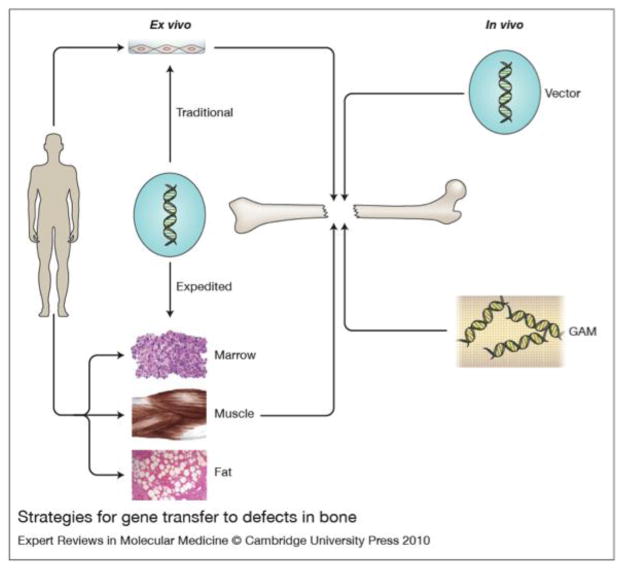Figure 1. Strategies for gene transfer to bone.
There are two general strategies: in vivo (right hand side) and ex vivo (left hand side). For in vivo gene delivery, the vector is introduced directly into the site of the osseous lesion, either as a free suspension (top, right hand side) or incorporated into a gene activated matrix (GAM) (bottom, right hand side). For ex vivo delivery, vectors are not introduced directly into the defect. Instead they are used for the genetic modification of cells, which are subsequently implanted. Traditional ex vivo methods (top, left hand side) usually involve the establishment of cell cultures, which are genetically modified in vitro. The modified cells are then introduced into the lesion, often after seeding onto an appropriate scaffold. Expedited ex vivo methods (bottom, left hand side) avoid the need for cell culture by genetically modifying tissues such as marrow, muscle and fat, intraoperatively and inserting them into the defect during a single operative session.
From reference (81) with permission.

